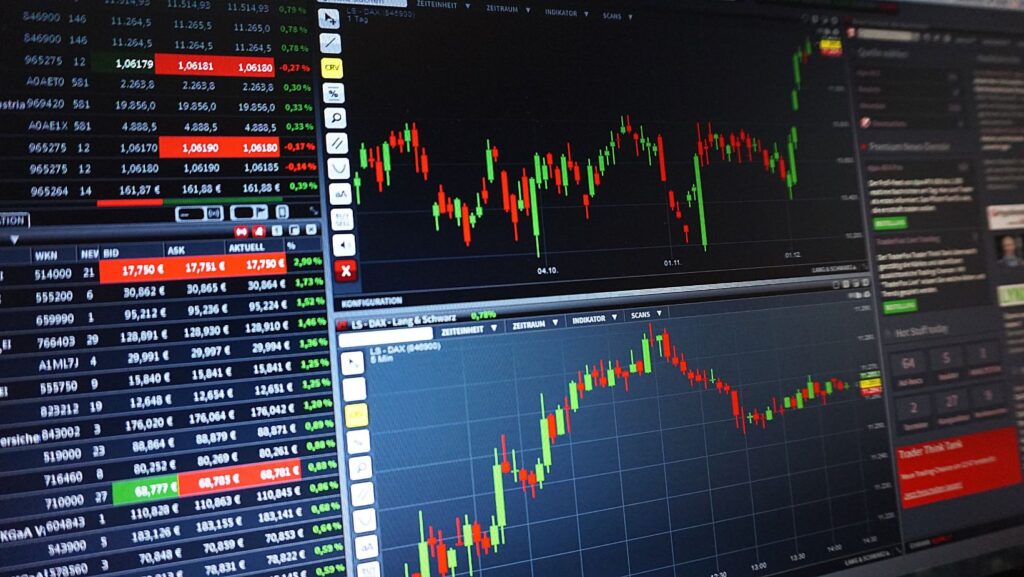In today’s rapidly shifting financial landscape, stablecoins are no longer just crypto-native tools—they’re becoming crucial financial instruments that help bridge the gap between traditional finance (TradFi) and decentralized finance (DeFi). Among them, USDT (Tether) has emerged as the most widely used and flexible option, powering a new era of borderless liquidity and economic flexibility.
From peer-to-peer remittances to B2B transactions and USDT casino games, USDT is proving itself as more than a digital dollar—it’s becoming the infrastructure behind a new financial order.
What Makes USDT More Than Just a Stablecoin?
USDT was designed to be a stable store of value pegged to the U.S. dollar, but its use cases have expanded far beyond the crypto world.
Real-World Utility on the Rise
Applied in Day-to-Day Retailing
Payment with USDT is already allowed in real stores with a mobile wallet in such countries as Venezuela, Nigeria, and some regions of Southeast Asia.
Foundation of Businesses
Freelancers in Asia and exporters in Africa are now accepting USDT instead of getting it through a bank and paying high bank charges and exposing themselves to volatile currencies.
Alternative Cash
Individuals use USDT as a stable medium of savings and transfer of money, especially in countries where there is inflation or limits to transferring money, known as capital controls.
Overall, the practical application of USDT is rewriting the rules on the movement of money around the world; no banks, no bureaucracy, and no third parties.
How USDT Bridges TradFi and DeFi
The real breakthrough is that USDT sits comfortably in both financial worlds. You can use it like fiat, but also earn like a DeFi native.
Seamless Business Payments
USDT has become a quiet hero for B2B cross-border transactions, allowing companies to:

- Pay suppliers instantly without delays or correspondent bank fees
- Receive customer payments in emerging markets where credit cards are uncommon
- Avoid conversion fees, especially when the dollar isn’t easy to get locally
This has proven game-changing for e-commerce stores, freelancers, and import/export businesses operating in dollar-scarce economies.
From Wallet to Checkout: POS Integration
A growing number of point-of-sale (POS) systems and mobile cash registers in Latin America, Southeast Asia, and Africa are now integrating USDT. This trend is especially visible in:
- Informal markets in El Salvador and Argentina
- Small retail shops in Nigeria and Kenya
- Tourist spots in Bali, the Philippines, and Thailand
Thanks to fast and cheap blockchain networks like Tron (TRC-20) and Polygon, merchants can accept USDT without high transaction costs or delay.
The Role of Tron in USDT’s Adoption
The rise of Tron as a preferred network for USDT transactions is no accident. Tron offers near-zero gas fees and speedy confirmations, making it ideal for microtransactions and remittances.
Why Tron Leads for USDT Transfers
- Low fees: A fraction of a cent per transfer
- High throughput: Supports millions of daily transactions without congestion
- Mobile-friendly wallets: Tron-based USDT is easily integrated with widely used mobile apps like Trust Wallet and TronLink
This accessibility has helped fuel adoption in lower-income regions where banking infrastructure is limited or unreliable.
Why Digital Liquidity Matters—Especially Now
Traditional banking systems often fail to deliver for people in unstable economies or remote areas. In contrast, USDT offers fast, borderless access to liquidity that can be:
- Saved securely without fear of local currency devaluation
- Used instantly for transactions anywhere with internet access
- Converted into yield through staking, lending, or DeFi pools
For casino users, slot players, and iGaming fans who prefer not to wait days for fiat processing, USDT’s flexibility opens new doors. Some platforms now offer bonuses for USDT deposits, recognizing how crypto liquidity improves the gaming experience.
List: Key Drivers Behind USDT’s Global Use
- Lack of access to dollars or banks in emerging economies
- Desire for transparent and traceable B2B payments
- Demand for DeFi yield opportunities on stable capital
- Frictionless transfers without middlemen or approvals
- Integration into online entertainment and iGaming ecosystems
Final Thoughts: A Digital Dollar for the People
USDT has grown from a niche stablecoin into a foundational digital currency powering everything from street vendors in Latin America to multi-million-dollar crypto casinos. Its ability to plug into both TradFi and DeFi systems is exactly what gives it staying power.
As more users look for faster, cheaper, and borderless financial tools, USDT is stepping into a leadership role—not just in crypto, but in the global economy.
It’s not about replacing banks entirely. It’s about building an alternative path where liquidity, freedom, and opportunity aren’t stuck behind red tape. Whether you’re a small shopkeeper, a blockchain developer, or a casino gamer, USDT brings financial power closer to the edge.
